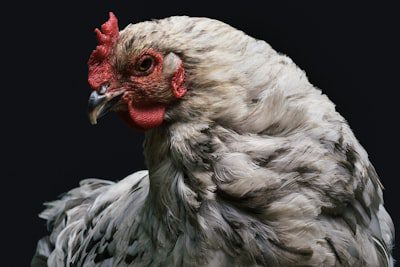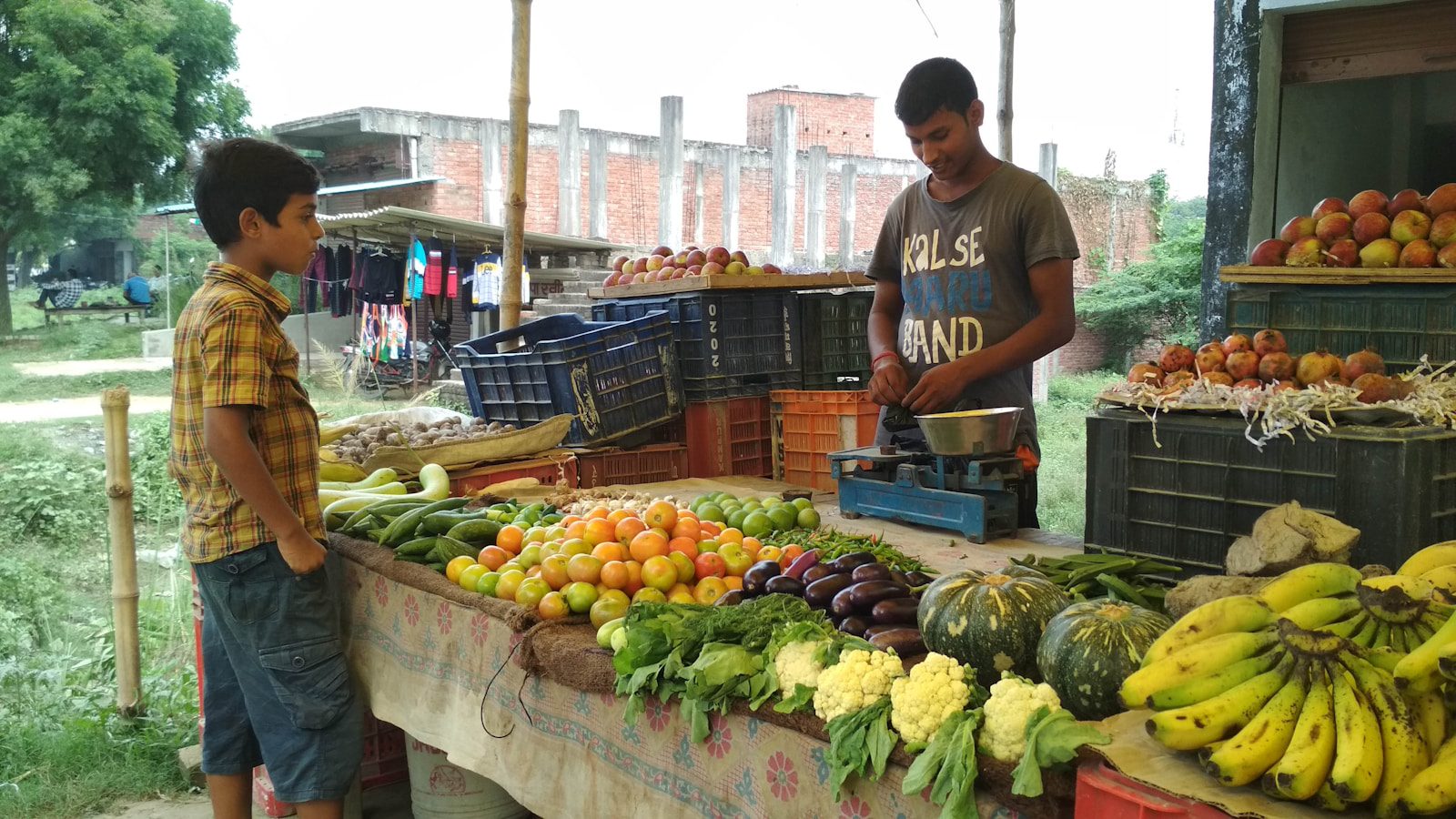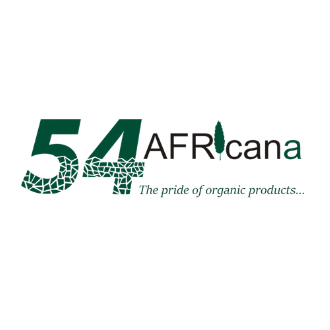Following the catastrophic 2023 avian influenza outbreak that decimated up to a third of South Africa’s poultry flock, the nation’s poultry industry is now on a path to recovery. Authorities and producers report sufficient processing capacity and a concerted inoculation campaign that should help maintain supply—and keep prices steady.
Vaccination Push Begins
The South African Department of Agriculture has launched targeted vaccinations, beginning with 200,000 broiler breeder birds at Astral Foods farms, covering roughly 5% of its breeding stock. This marks a critical step toward shielding the industry from further highly pathogenic avian influenza (HPAI) outbreaks.
Production Back to Normal Levels
Industry leader SAPA reports a weekly slaughter rate of approximately 21.5 million birds, with the capacity to scale up to over 22 million if demand rises. Seasonal demand increases toward year-end are expected to be met comfortably through domestic production.
SAPA’s CEO Izaak Breitenbach confirmed that the sector remains resilient, noting: “We still have an additional one million birds per week slaughter capacity.”
New outbreaks reported in early July involved H5N1 infections at two farms in North West and Mpumalanga provinces, resulting in 1,150 bird deaths. But swift containment measures prevented broader impact, according to international authorities.
Egg Supply Recovering, Prices Expected to Drop
Egg production is steadily improving, with some producers reporting up to 78% growth in egg sales compared to previous periods. The national layer flock is projected to return to pre‑crisis levels by mid-2025, exerting downward pressure on retail egg prices through September.
Feed Costs Remain High but Softening
Feed expenses—especially for maize and soybean—have been the sector’s largest burden. Although global prices have moderated, South Africa faced persistent feed inflation due to climate conditions like drought. Nevertheless, easing maize prices and cheaper soybean imports are beginning to improve margins.:
Vaccination Campaign Lagging
Despite government approval of H5 vaccines, the rollout remains limited. Producers cite strict and costly biosecurity requirements as major hurdles to mass vaccination. No large-scale vaccination has been achieved, fueling calls from SAPA for simplified protocols and compensation mechanisms for culled flocks.
Import Dynamics and Market Stability
South Africa’s poultry sector benefits from minimal reliance on imports. Imports—primarily mechanically deboned meat from Brazil—account for about 18% of total usage and have limited impact on fresh chicken availability. The domestic supply remains robust, suggesting no major price distortions from trade shifts.
Concerns Remain: Danger of New Outbreaks
Although normalcy appears to return, the risk of another HPAI recurrence remains elevated. Recent cases as of July serve as a stark reminder of poultry vulnerability and highlight how delayed vaccination could threaten future supply and pricing stability
Projected Outlook: Prices Unlikely to Rise
With production supply matching or exceeding current demand, most experts anticipate stable or slightly lower poultry and egg prices in coming months. Broiler slaughter volume remains adequate to handle a 10% demand surge if needed. Broiler and egg prices are aligning more closely with pre‑outbreak bands.
Industry Recovery Signals Renewed Confidence
Producers such as Rainbow Chicken and Astral Foods report significant turnarounds in profit margins following worst‐ever losses in 2023. Remarkably, Rainbow posted a 14‑fold rise in first‑half earnings, while Astral expects its first annual profit in years.
Conclusion: A Tentative Renewal
South Africa’s poultry industry is rebounding from one of its toughest crises, supported by restored production levels, stabilising feed costs, and a cautious inoculation strategy. The capacity to meet domestic demand—plus the flexibility to expand—suggests that poultry and egg prices are unlikely to surge in late 2025.
Nevertheless, persistent risks—particularly the threat of renewed avian influenza outbreaks and limited progress on vaccination—underscore the importance of sustained vigilance and industry-government collaboration.
With continued biosecurity enforcement, streamlined vaccine rollout, and the rebuilding of consumer confidence, the poultry sector may finally transition from recovery to resilience—supporting both food security and affordability across South Africa.
for more news please visit our website africatrademonitor.com




